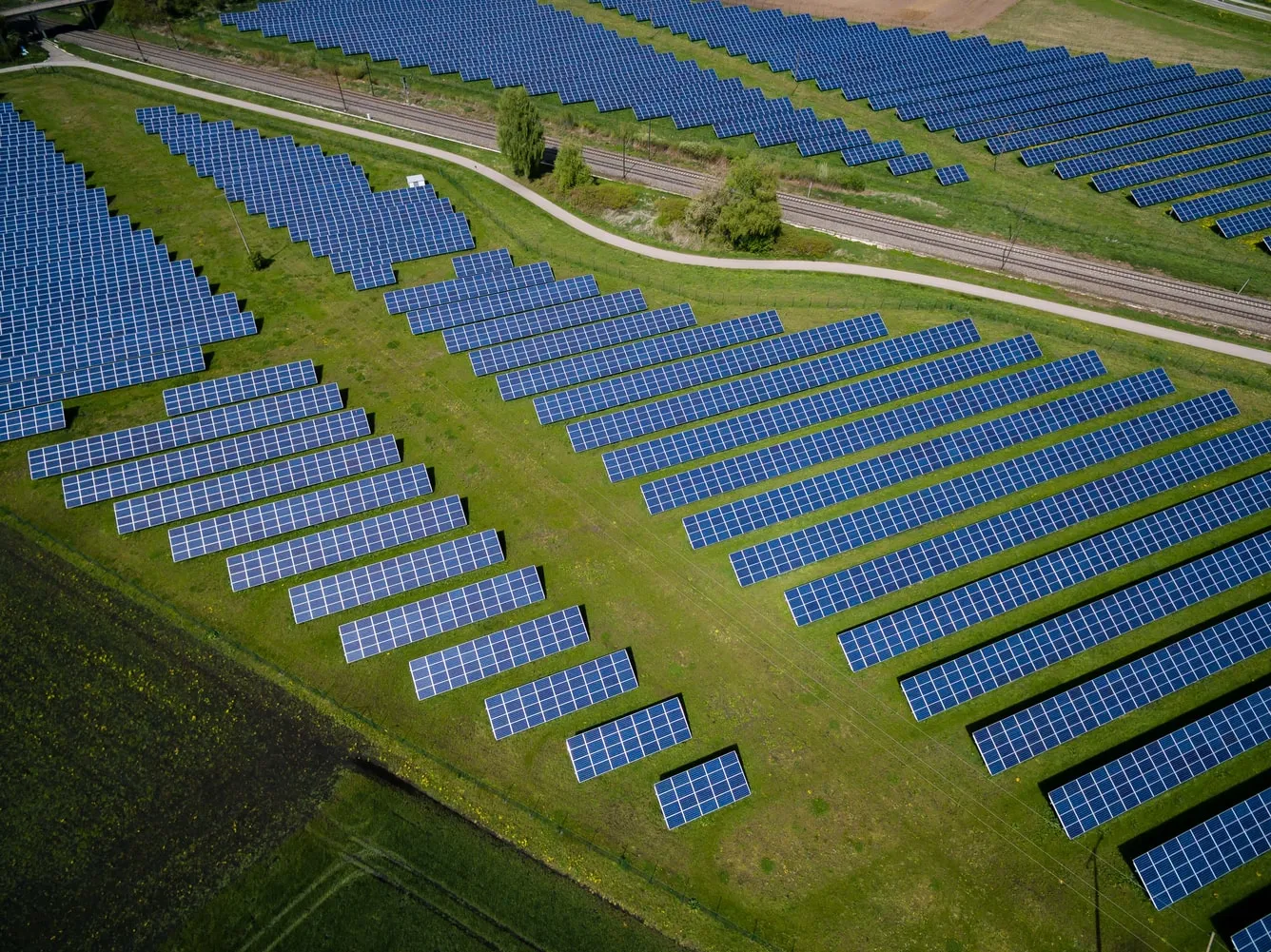On the 18th of February 2025, the Commission for Regulation of Utilities (CRU) published its proposed decision on the Large Energy User (LEU) Connection Policy, with the focus on data centre connections to the electricity network. This proposal follows an earlier consultation and aims to address pressing challenges facing Ireland’s electricity system, including network constraints and alignment with decarbonisation targets.
The CRU proposes that all new data centres seeking to connect to the grid must provide their own dispatchable onsite or nearby generation or storage, matching their Maximum Import Capacity (MIC) at least, which will participate in the wholesale electricity market. This condition is designed to mitigate the strain large loads place on the electricity system, especially in constrained regions such as Dublin. Additionally, new data centres’ generation must build up in a stepwise manner in line with demand, making sure their de-rated generation capacity matches the site’s MIC at a minimum.
Other key measures include enhanced publication of locational network information by the system operators (SOs), an annual self-reporting requirement for data centres regarding renewable energy use and emissions, and the ability of SOs to request demand flexibility on a case-by-case basis.
The EAI recognises the critical importance of addressing Ireland’s infrastructure and decarbonisation commitments, and acknowledges the key role that data centres and LEUs will continue to play in Ireland’s economic and digital development. In saying this, there are several areas within the proposed policy where the EAI is actively seeking clarity and have reflected these in its response. These include:
- Treatment of Onsite Generation: Further guidance is requested on whether generation capacity can be split between onsite use and market participation.
- Implication for the Capacity Market: The EAI seeks clarity on how new demand will be integrated into the capacity auction demand curve, as well as implications for system costs and consumer impacts.
- Planning and Gride Code Alignment: More detail is requested on how this policy will align with national and local planning frameworks, and how the Grid Code will accommodate the requirement of data centres to ramp up generation in line with demand.
- Project Approval Process & Transparency: The EAI is supportive of the provision for information to be provided by the SO on grid constraints existing and future however, we note that a defined ruleset will provide the sector with transparency on connection assessments and ensure predictability in the application process. Clarity on the criteria used and indicative timelines would be valuable for stakeholders preparing connection applications and business cases.
- Flexibility arrangements: The EAI requests further detail on what forms of demand flexibility will be acceptable and how these align with the evolving European Electricity Market Design Regulation.
Given the significance of this policy in shaping the future of data centre connections and grid development in Ireland, the EAI submitted a comprehensive response to the CRU on the 4th of April 2025.

